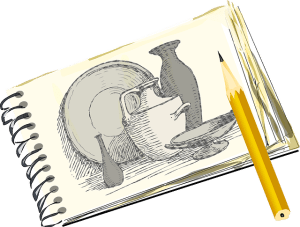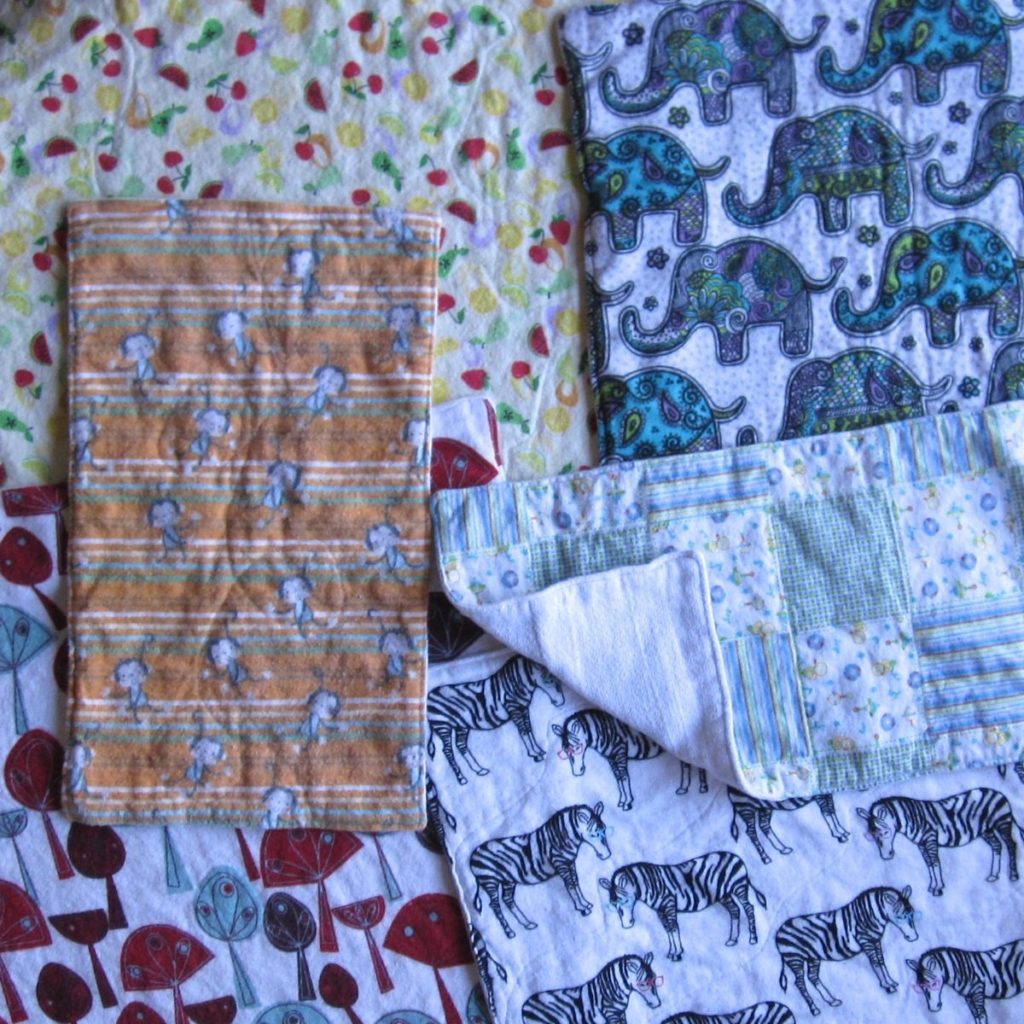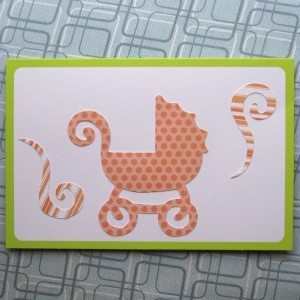It’s early in my drawing adventures, but I have two initial book reviews.
Book 1: For Rank Beginners
My loving sister, after conversing one night with a very frustrated me, ordered me a copy of You Can Draw In 30 Days, whose author, Mark Kistler, had (has?) a long-running PBS drawing show. After two lessons I was confident enough to draw my father’s birthday card, the first drawn greeting card of my adult life. Shading is where this book has been outstanding so far. Though I need a lot of practice with them, I already knew the principles that higher, smaller shapes overlapped by others look further away. His simple approach to “nook and cranny” shadows and the shadow that seats the image on the “ground,” on the other hand, was a revelation. I’m going slowly through the book; I’ve done four sessions with it, but finishing Lesson 3 and its bonus challenge may take up to 3 more.
My New Year’s resolution was to draw three times a week. After a disappointing start with an online course that was bald-facedly lying when it said it was for all levels, I dropped off for two weeks or so. I’m getting back on track by doing four drawings a week (which should have me caught up with where I would have been had I kept up 3/week around the end of March), but I wouldn’t be surprised if this book takes me over three months to finish. Especially if I take more breaks to draw non-lessons.
Anyway, there’s not guarantee you’ll like this book as much as I do, but if you find yourself feeling like drawing lessons are telling you what to do without telling you how to do it, try it out.
Book 2: Drawing Animals
I ordered a drawing book published by Dover because it was incredibly inexpensive and gets great reviews on Amazon. It’s called The Art of Animal Drawing, and it’s a 1950 book by Disney animator Ken Hultgren. The subtitle is “Construction, Action Analysis, Caricature,” which also caught my eye.
I’m nowhere near ready to use it, but he goes through some general principles and then talks more specifically about different kinds of animals. Nothing too exotic, and come to think of it no birds or sea creatures (maybe that’s not what he means by “animal”), but he covers all the standard non-bird farm animals, dogs, cats, rabbits, and significant wild animals: big cats, bears, camels, hippos, foxes, kangaroos, elephants, a few others.
There are two particularly neat things about the book. One is the caricature aspect: for each kind of animal, he discusses what traits to exaggerate for caricature and gives some examples. The other is that he shows his preliminary sketches, which are often just as beautiful as – though much more abstract than – the finished drawings. They remind me of Franz Marc, in fact, and since I aspire to be able to draw some Franz-Marc-esque pieces, that’s exciting. They’re almost architectural. You can see how he draws long smooth arcs connecting body parts that aren’t connected in the finished drawing, but the line gives cohesion to the motion of the body or the composition of the drawing. There was one drawing of two cats, the front one with its head toward the ground, the back one with one leg forward, and the arc of the back one’s back to leg was nearly parallel to the arc of the front one’s back to head, though both arcs were interrupted in the final drawing (by head and shoulder blades, respectively). I expect that once I can somewhat draw animals, this book will really help me improve.



